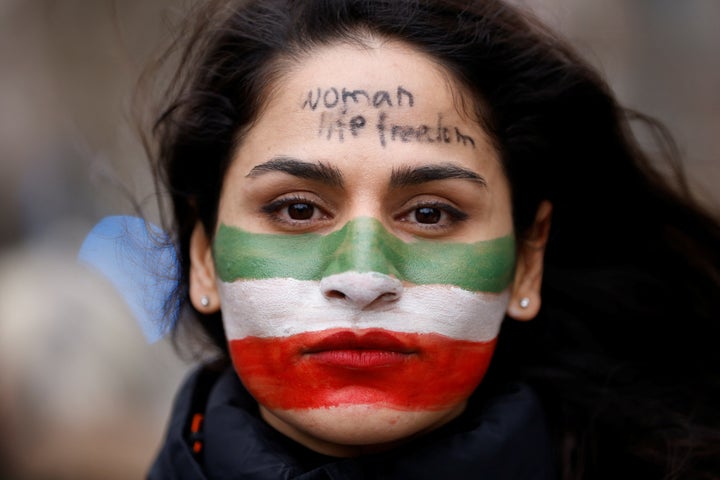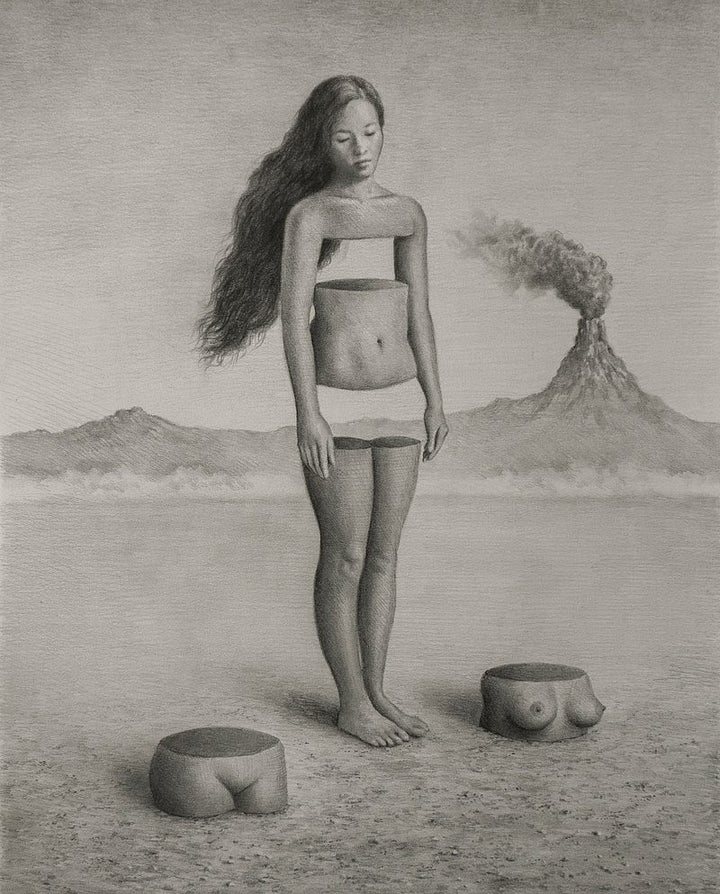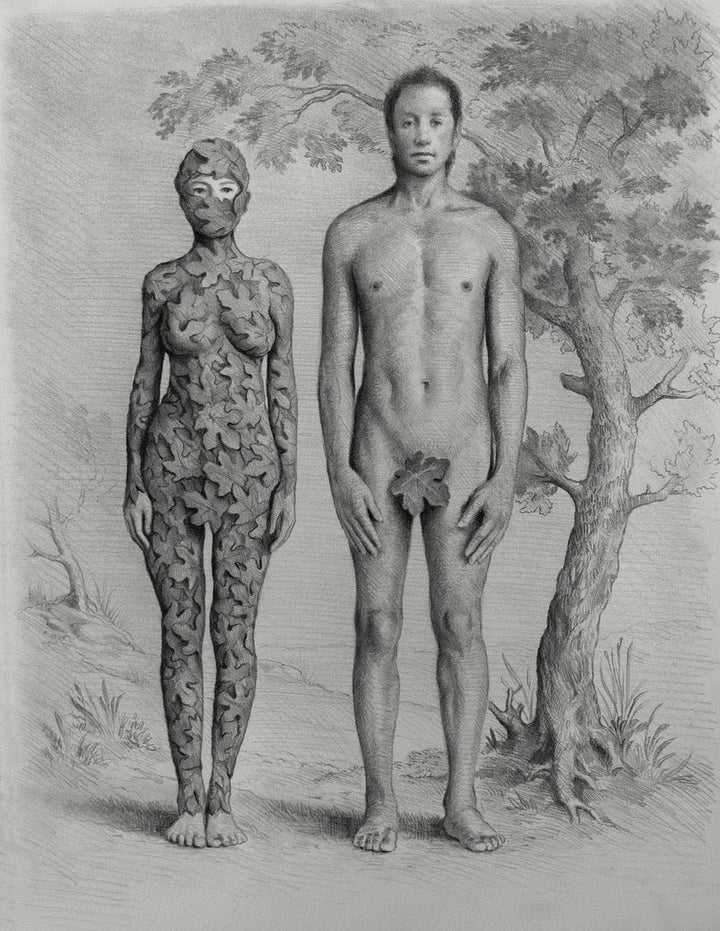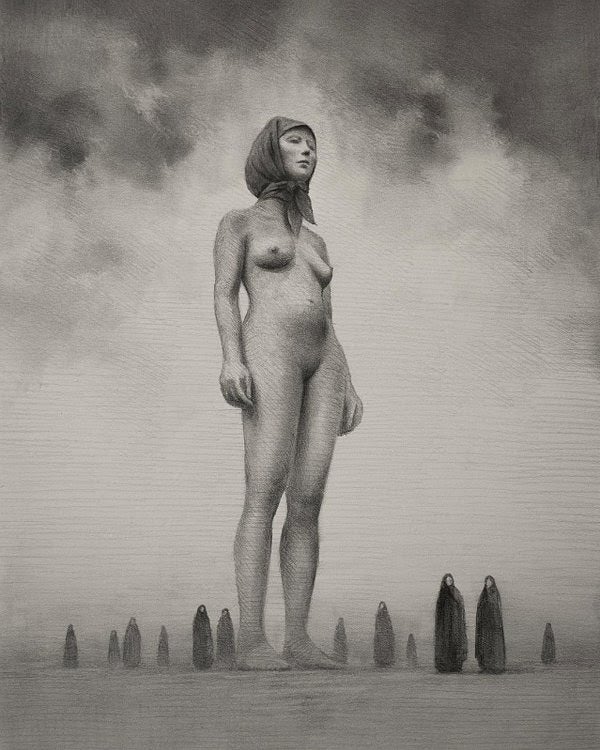
Iran is still in turmoil over women’s rights, months on from the initial protests – and these heartbreaking artworks have summed exactly how demonstrators feel about their own civil liberties in their home country.
Artist Raoof Haghighi was born and raised under the authoritarian regime in Shiraz, Iran, has captured the Iranian women’s rights movement in a series of sketches which have since gone viral on social media.
The wave of protests which have rocked the country since September were sparked by the death of Mahsa Amini in police custody – a young woman who was arrested for failing to wear her headscarf “properly”.
What began as calls for greater gender equality and less politicisation of women’s bodies then evolved into widespread demands for the ousting of the Islamic Republic government.
The demonstrations, usually led by women, included calls of “woman, life, freedom” and “death to the republic” – often leading to violent clashes with Iran’s security.
Reza Pahlavi, oldest son of the former Shah of Iran (deposed in 1979) told The Guardian this week that protesters know this revolution is “do-or-die”.
He continued: “Iranians are calling for ‘death to the dictator’. They are getting shot in the eyes and, if not, imprisoned or tortured or executed, and they are still standing there. The world needs to respond and be on their side.”
Reports of Iranian schoolgirls (who were at the front of the protests) being poisoned have also emerged this week.
Some Iranians allegedly believe this is to stop them from attending school, as well as punish them for the demonstrations, but it is not yet clear.
Haghighi’s surreal work – according to A Gallery, where it will soon be on display – aims to spread awareness of the ongoing fight in Iran.
One of the most striking images is that of a woman without her breasts or groin. It received more than 36,000 likes on Instagram and was shared more than 40,000 times on Facebook.

He also questioned the imposed use of religious clothing on all women through his Adam and Eve series, seen below.

Another piece shows a towering, almost nude female figure surrounded by other much smaller individuals who are almost completely covered in burqas.

